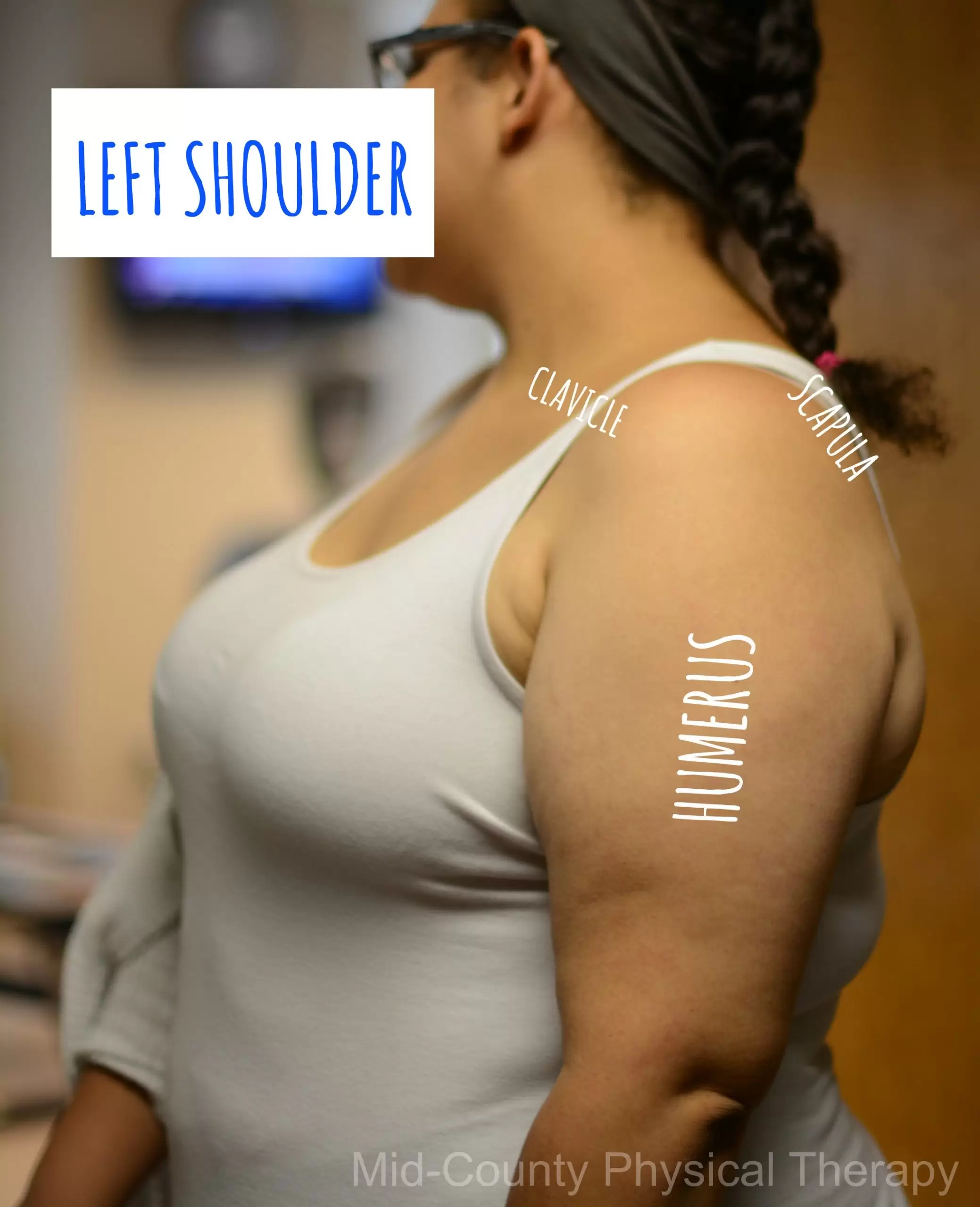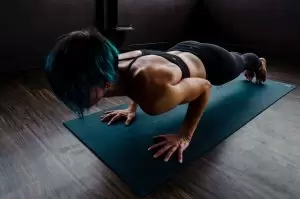Adhesive Capsulitis Shoulder Pain
Also known as: Frozen Shoulder
The head of the humerus in your upper arm sits in a capsule made of connective tissue, which then fits in the shallow socket in the shoulder. This joint is a ball-and-socket joint, operating in multiple planes of movement (sagittal , frontal, transverse), and allows for versatile movement during exercise and daily activities. Because of the shoulder’s high use, many of the injuries such as adhesive capsulitis can be debilitating and prevent routine movements such as washing your hair or picking up grocery bags. When the capsule thickens and tightens, inflammation follows and adds more to the pain. This injury typically begins with minor tightness, then gradually becomes immobile to the point of total stiffness.
Cause
Frozen shoulder may be common, but the causes vary and do not come with a complete explanation in some cases. There are certain factors that do increase the individual’s risk of development.
- Immobilization after injury, fracture, or surgery
- Certain diseases such as Diabetes, Parkinson’s, or Stroke
Signs and Symptoms
- Dull, aching pain at the joint in the upper shoulder area
- Pain that increases when you move your arm
- Inflammation and swelling
Shoulder Anatomy
The shoulder’s bony constituents are the humerus (upper arm bone), scapula (shoulder blade), and the clavicle (collarbone). Internally, the connective tissue capsule envelops the head of the humerus, and sits in the space that forms the shoulder joint. The shoulder is home to many muscles including the rotator cuff, and several supporting neck and back muscles that we will discuss in a different post.

If you want a more in-depth anatomy of the shoulder, check out these images.
How Can You Treat Some of the Symptoms?
Some of the remedies to abate the symptoms are readily available in your very own household. Medical professionals everywhere encourage patients to implement the RICE method. Rice stands for:
- Rest – Limit or completely stop the activity that aggravates the knee pain, and maybe switch to low-impact exercises.
- Ice – Without putting ice directly on the skin, apply a cold pack for approximately 20 minutes.
- Compression – There are braces/bandages that can support the shoulder and encourage movement. Check with your physical therapist to see what is right for you.
- Elevate – Does not apply for this injury, but do make sure that when you ice/heat/stimulate that you are comfortable and keeping the shoulder in a neutral position.
NSAIDS, or non-steroidal anti-inflammatory drugs such as ibuprofen, can also provide short-term pain relief. We encourage you to receive an assessment from the physical therapist if the pain continues or increases in intensity.
Other Treatments
There are several other treatment methods that are potentially beneficial to the individual:
- Physical Therapy: They provide a thorough evaluation, dictate an exercise and stretching plan, and use modalities such as Electrical Stimulation and Ultrasound to decrease the pain. They can also professionally apply the Kinesio Tape and focus on your form and how it relates to your injury.
- They might prescribe stretches such as a capsular stretch as shown below
- Steroid injections: This is usually done by your primary care or specialized doctor. They inject the area with an anti-inflammatory medication that can help treat and limit the pain.
- Surgery: This should be the last resort. Consult with your Physical Therapist and Primary Physician about this route.
Mid-County Physical Therapy Can Help You
During your one-on-one evaluation with the skilled therapist at Mid-County Physical Therapy, they will get to know you and your physical habits to help establish a foundation for your treatment. They will monitor and document your range of motion, techniques, and current pain-level to get a better idea of what they can do for your improvement. Before you receive treatment, it can also be beneficial to document some things such as:
- What movements cause it?
- When does it begin during activity?
- How long does it last?
- Have your home remedies stopped working?
- Do you want to maintain or improve your current fitness level?
- What are your goals?
Keeping track of this information can be essential for both you and your physical therapist.
Mid-County Physical Therapy also offers a wide variety of treatments to treat and heal your pain. Your condition could improve with a strengthening plan, which the therapist constructs based off of your individual experience. The clinic’s open-plan gym includes equipment to suit your strengthening needs while our technicians monitor to encourage proper form and maximum pain relief.
If the therapist determines you may need technique retraining, they will create a personal plan to work individually with you on form and techniques. Our clinic is also proud to offer dry-needling, kinesio taping, and even the BioQPulse. Call or contact us today to learn more about our treatment plans.


